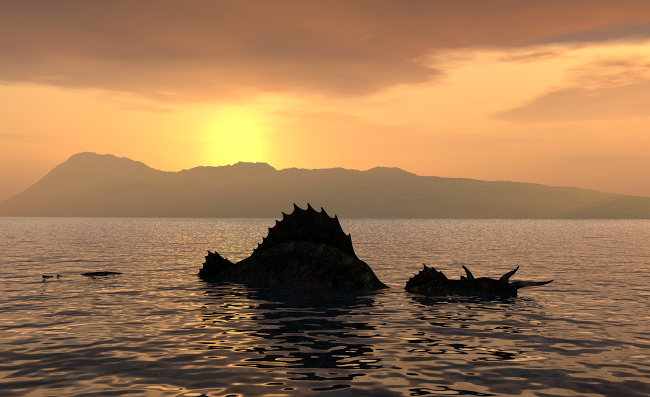
Is the Loch Ness monster real? People have been arguing over this since before many of us were born and innumerable TV specials have been exploring the question for decades. And yet, we still don’t have an answer. But a geneticist has a plan to settle the debate once and for all — and in a surprisingly simple way.
Neil Gemmell is not a fan of tinfoil hats; he’s a geneticist at the University of Otago who specializes in environmental DNA. Think of him as a sort of forensic technician of the environment. Just like TV detectives will scan an area for every hair and skin flake, Gemmell takes samples of habitats and tests the DNA found in them. Like us, animals shed little bits of themselves in their environment, so Gemmell’s work means that he can better determine which species is where by tracking their genetic spoor, helping to find and protect endangered species.
That’s more or less what he proposes to do with Nessie. Gemmell’s work is particularly effective in water, since genetic material is held in suspension. Unless Nessie is the most obsessively cleanly animal in the history of biology, it would leave behind tiny traces of its DNA in its environment. So Gemmell will pull the DNA (if it exists), compare it to the sequences of known living things in a database, and if something unknown pops up… Well, really, that won’t actually confirm that Nessie is real. It might simply be that the ecology of Loch Ness isn’t properly understood. But if Gemmell does find something unknown, expect a lot more than Nessie hunters to show up. Even more scientists will be highly interested to find just what lurks in the Scottish loch.
(Via Gizmodo)
